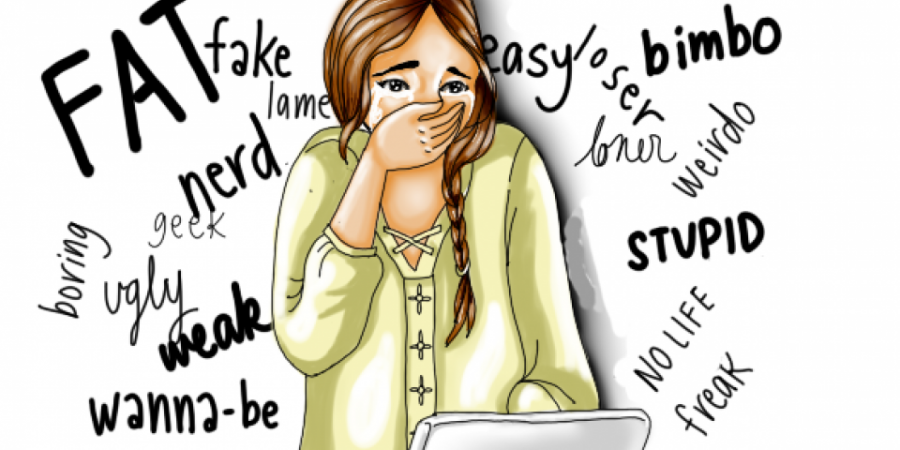Teen Bullying Tactics
The chances are, you have experienced bullying in your lifetime. No matter if you are at the top of your class or quarterback on the football team, everyone has some experience in bullying. Bullying can be experienced in many ways, physically, emotionally, and even on line.
Sadly, due to the advancing technology of 2017, kids now have a whole new way of bullying others. “Social media allows a new medium for kids to bully and adds a new dimension to bullying,” says Mr.Paydo, a guidance counselor at Mayfield Middle School. Astonishingly, 23% of teens are bullied on online group chats or over the internet through many different social media websites.
Often, kids don’t tell a parent or guardian that they are being bullied online in fear that their internet access or phone will be taken away.
Cyber bullying has been linked with depression in many studies and it is possible for high levels of anxiety and self harm to be linked with it, too. Studies have shown that cyberbullying can double the chances of depression in adulthood.
Though cyberbullying has quickly become the most common type, it is not the only format with which kids harass or intimidate other kids. Bullying in school is typicallyrepeated. The main four types of bullying that occur in a social setting consist of physical, verbal, and relational. It might direct–face to face confrontation or indirect, which includes damage to one’s property, spreading rumors, or socially isolating someone.
Suicide is the third leading cause of death among children and teens: could this be linked with bullying? Around 4,400 deaths per year are due to suicide. In 2015, 5 girls and 14 boys per 100,000 committed suicide due to crude comments from others and repeated bullying. The suicide rate for teens rose 24% from 1999 to 2014, and some experts believe the increase has been caused by advancing technology and new way for kids to bully others unanimously without the threat of retaliation or punishment.
Bullying can lead to other complications in kids’ lives. For example, bullying can lead to depression and anxiety. Kids that are bullied also experience increased feeling of sadness and loneliness. Bullying can even lead to odd sleeping and eating patterns which could possibly lead to much worse situations or health problems. Also, bullying can affect a child’s interest in activities they used to participate in,and many of these complications could carry into adulthood.
Students can prevent bullying by standing up to one another, having empathy and caring for peers, and taking a stand for what is right. Students who feel bullied should reexamine who they choose to be friends with: sometimes it’s hard to tell who’s a real friend and who’s not. Students dealing with or witnessing harassment or intimidation should always tell an adult or guardian.
Other sources:
https://blogs.scientificamerican.com/guest-blog/the-origins-of-bullying/
http://time.com/4887282/teen-suicide-rate-cdc/
https://www.economist.com/blogs/graphicdetail/2016/04/daily-chart-20
https://www.livescience.com/51294-cyberbullying-social-media-teen-depression.html
https://www.girlshealth.gov/bullying/school/
https://www.stopbullying.gov/prevention/at-school/index.html
https://www.stopbullying.gov/media/facts/index.html







